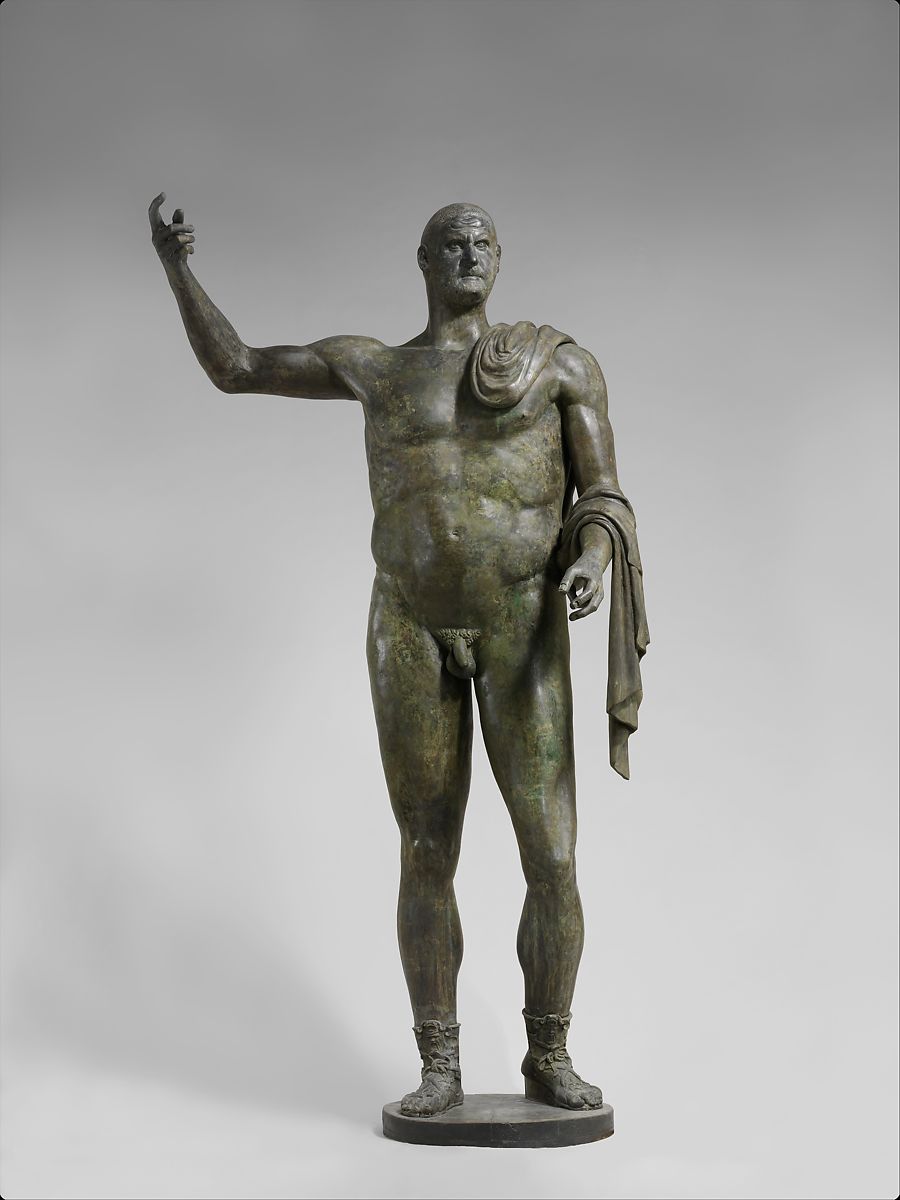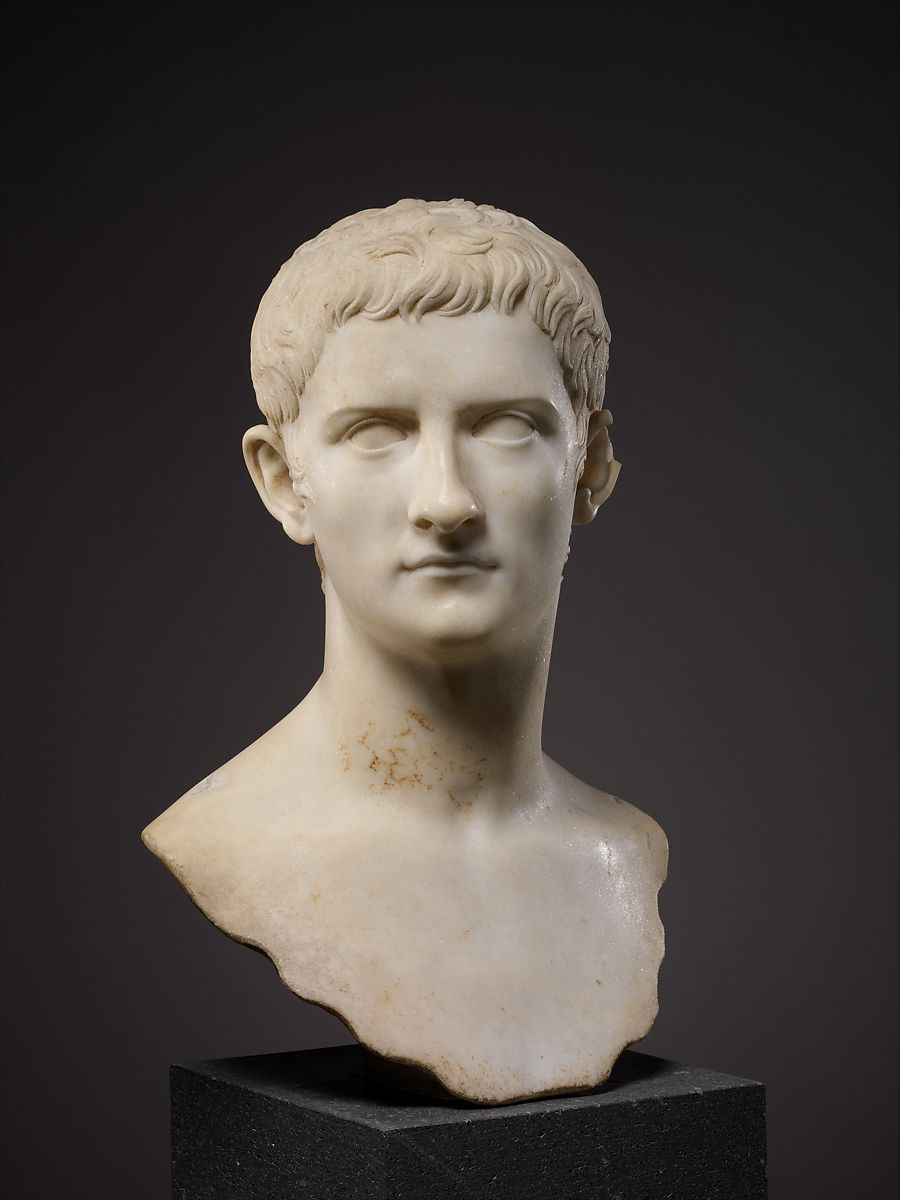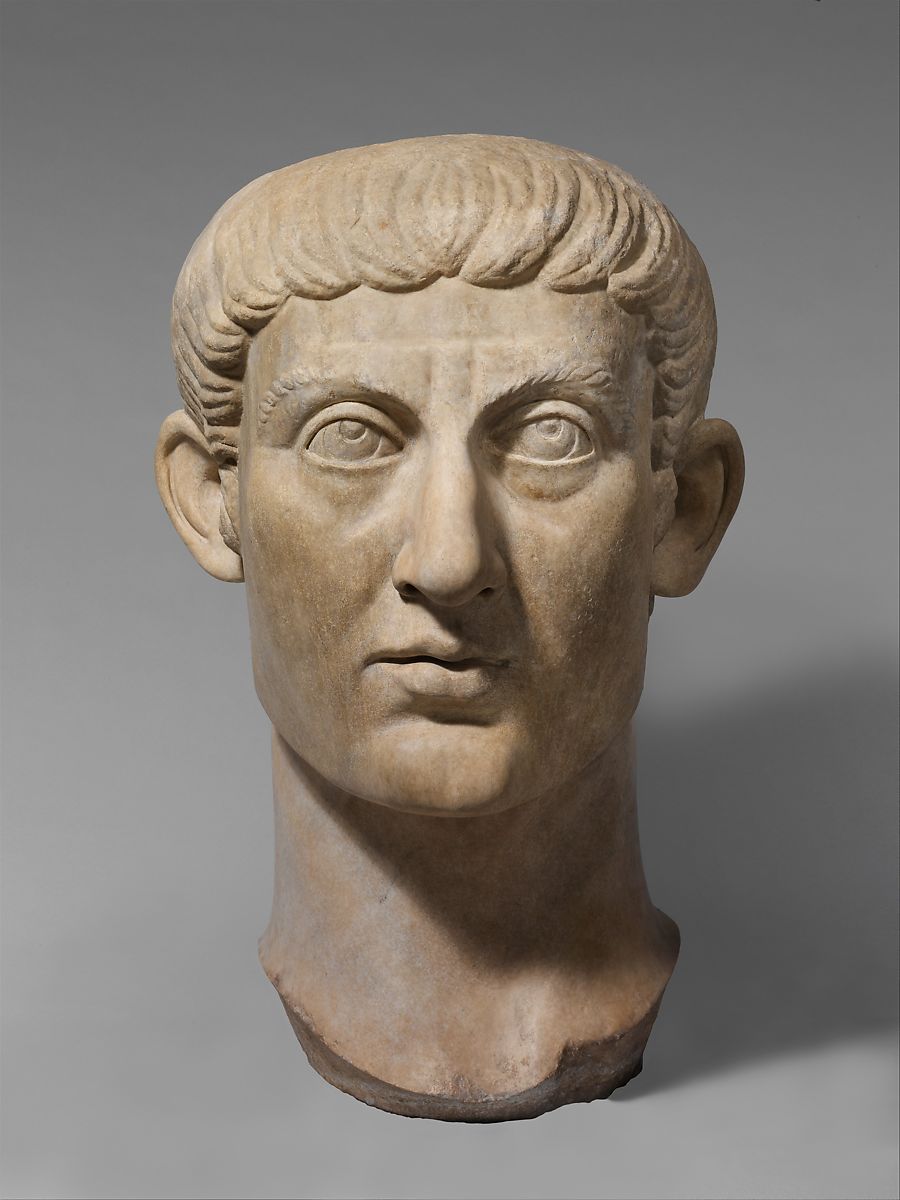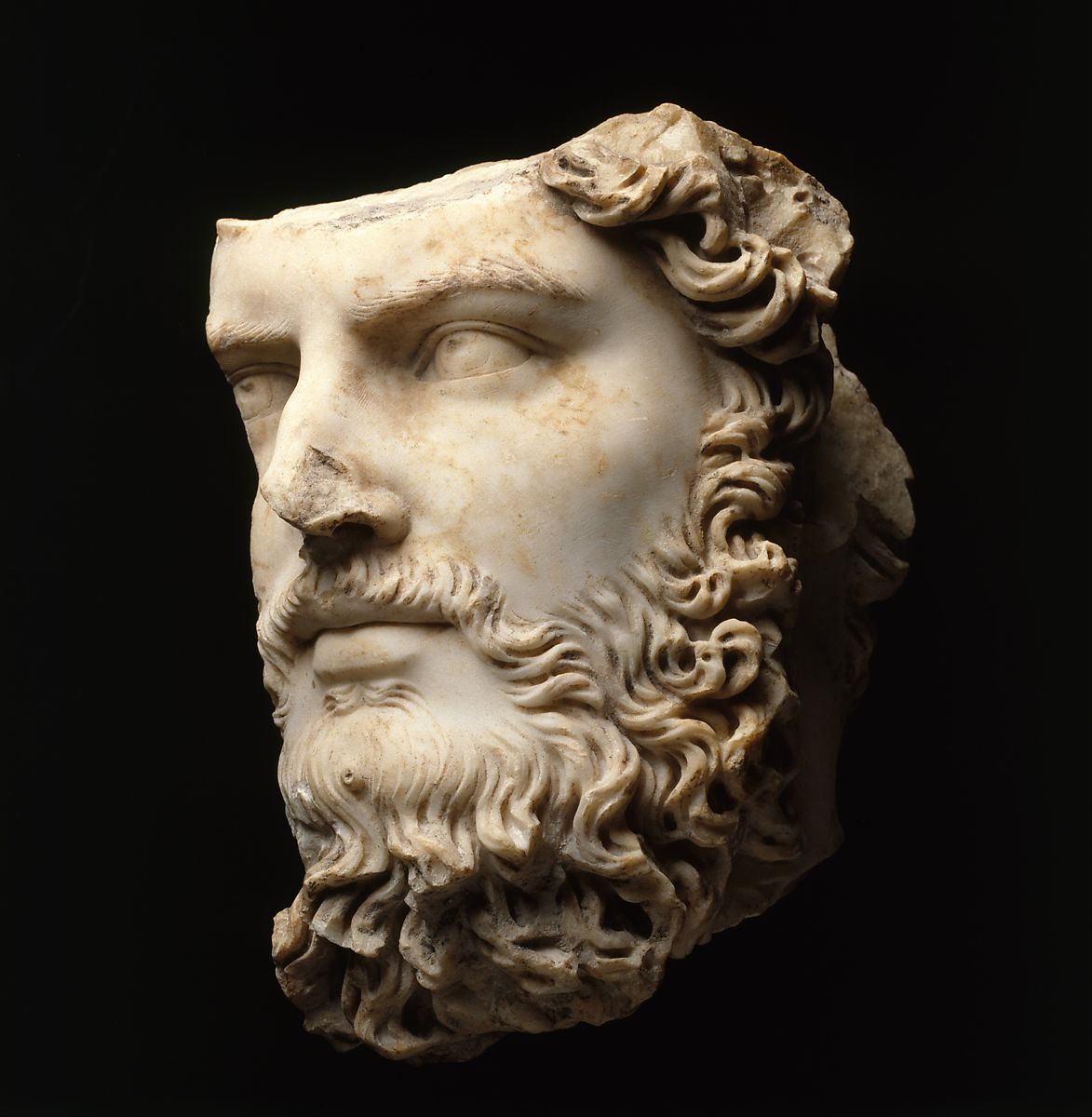Rome is the capital city of Italy and has been a major cultural center for almost 3000 years. The founding of city dates back to 753 BC, making it one of the oldest settlements in Europe. Around the 1st millennium BC, Rome became a center of a newly emerging state, which grew by means of expansion over the territories of the bordering countries. Multiple territories near the Mediterranean Sea were included into the Roman state. This powerful dominating country lasted for a millennium due to the continuous usage of slavery and expansion.
Having obtained the whole territory of the Mediterranean, Rome particularly depended on Greece and its rich culture with religion, philosophy, literature, and art. In addition, Roman culture was influenced by many other nations, mostly from Etruscans and Greeks. From the Etruscans, Rome obtained the inspiration for the contests of gladiators, theatrical events, sacrifice culture, and the opposition of good and evil. The Romans, just as the Etruscans, were fond of sculpture and modeled things using clay, bronze, was, and other materials. However, Greece remained one of the leading influencers that shaped Roman art. Therefore, Roman art represents its power and the intersection of various cultures. Endless wars and the need to expand the power of its influence and dominance over the conquered territories predisposed Rome to the depiction of its dominance through architecture and portraiture. Above all, the Romans put the ability to rule over the world. Thus, art, especially portraits, was intended to demonstrate the power and authority of emperors leading the Roman state.

Portrait of the emperor was a tool of propaganda and presentation of a ruler in a way that he wanted to be perceived by the public. Heroic nudity of the statue and the pose display leadership and military might of the emperor. The sculpture was restored multiple times and, presumably, Trebonianus Gallus held a short sword in his right hand and a spear in his left one. Despite his short rule, he was represented as a glorious emperor in portraits and sculptures.

Augustus was a pioneer in using his image as a means of propaganda. He chose Greek style of representation, and his statutes depicted his idealized image with some of his unique features. Augustus was the first emperor of Roman empire who created professional army, and he managed to double the size of his state with the conquests during his reign. He is usually depicted as youthful in his portraits, with even features and straight eyebrows. One of his private images is a sardonyx cameo portrait, which depicts Augustus with divine characteristics. His figure is white on a dark background, with a laurel wreath on his head. The cape contains the image of the god of wind, which is intended to emphasize the glory of the emperor.

Successors of Augustus were depicted with similar idealized facial features and hairstyles to imply that their rule was just as effective as his. For example, the sculpture of the great-grandson of Augustus, Gaius Julius Caesar Germanicus (Caligula), replicated the grandfather’s image. The portrait illustrates Caligula at a young age, with broad, high forehead, straight eyebrows and nose, narrow mouth and close-set eyes. Overall, Caligula’s portrait emphasizes his resemblance to Augustus; nevertheless, he is also provided with features that make him unique. The aim was to evoke the memories of advantages of Augustus’s reign. However, this did not help, as given his autocratic rule and opposition with the Senate, Caligula was unpopular in the country. Eventually, he and his family were assassinated due to his harsh rule.

Constantine I managed to acquire power and get rid of his co-rulers, becoming the only emperor in 324 AD. His portrait shows a clean-shaven man with unlined face and carefully combed bangs over the forehead, resembling his predecessors. However, his portrait differs from the previous emperors in certain ways. Simplified facial planes and his big, upward-looking eyes provide an abstract picture of a ruler with spiritual vision. Constantin I was the first emperor to give religious freedom to Christians. His head is quite big and resembles the images of gods. Prominent chin and nose, a horizontal crease on the forehead and calm facial expression comply with the features of Augustan portraiture.

Starting with Hadrian in the second century CE, emperors started to wear beards. This way Hadrian showed his love for Greek culture because Greek philosophers, poets, and rulers had beards. His successors decided to continue similar fashion to express their relatedness with the ancestors. Emperor Lucius is depicted with curly hair and a beard. His plump lips and hooked nose differentiate him from the portraits of his predecessors. Lucius wears a rich mid-length curly beard and lush mustache. Beard wearing created new opportunities for sculptors and enabled them to contrast the smooth skin with the wavy beards. They used a running drill to carve deeper in the marble and create pupils and irises instead of drawing them with paint.
Overall, the Roman Empire existed for several centuries and was ruled by powerful men who conquered the surrounding states and brought new traditions to their land. Specifically, Romans were influenced greatly by the culture of Greeks and Etruscans. The emperors started to order and distribute personal portraits and sculptures as a way of advertising themselves in the state. They borrowed an idealized body and face type from the Greeks and changed it only slightly to create a powerful and authoritative image of Roman emperors.
Bibliography
Duncan, Mike. The History of Rome: The Republic. Herodotus Press, 2016.
Fund, Rogers. “Bronze Statue of the Emperor Trebonianus Gallus.” 1905, The Metropolitan Museum of Art, New York. Web.
Fund, Rogers. “Marble Portrait of the Co-emperor Lucius Verus.” 1913, The Metropolitan Museum of Art, New York. Web.
Fund, Rogers. “Marble Portrait Bust of the Emperor Gaius, Known as Caligula.” 1914, The Metropolitan Museum of Art, New York. Web.
Pulitzer Bequest, Joseph. “Sardonyx Cameo Portrait of the Emperor Augustus.” 1942, The Metropolitan Museum of Art, New York. Web.
Thompson, Mary Clark. “Marble Portrait Head of the Emperor Constantine I.” 1923, The Metropolitan Museum of Art, New York. Web.
Thompson, Nancy. Roman Art: A Resource for Educators.New York: The Metropolitan Museum of Art, 2007. Web.